When 25-year-old photographer and videographer Ivory Campbell decided she was interested in travelling to take more candid pictures, a small interaction after a holiday with friends encouraged her next trip. “I love hearing people’s different perceptions of where they think I’m from,” she says, noting she is of mixed English and Jamaican heritage. A security guard at the airport asked if she was from Madagascar, an island just off the southeastern coast of Africa where most people have both African and Southeast Asian ancestry.
“This shocked me because I didn’t know what Madagascan people looked like, and nobody has ever said that to me.” So in August last year, after extensive research and a heartbreaking end to her relationship three days before, she visited the country for two weeks with her friend Jordan, a trip she calls a “healing experience.”
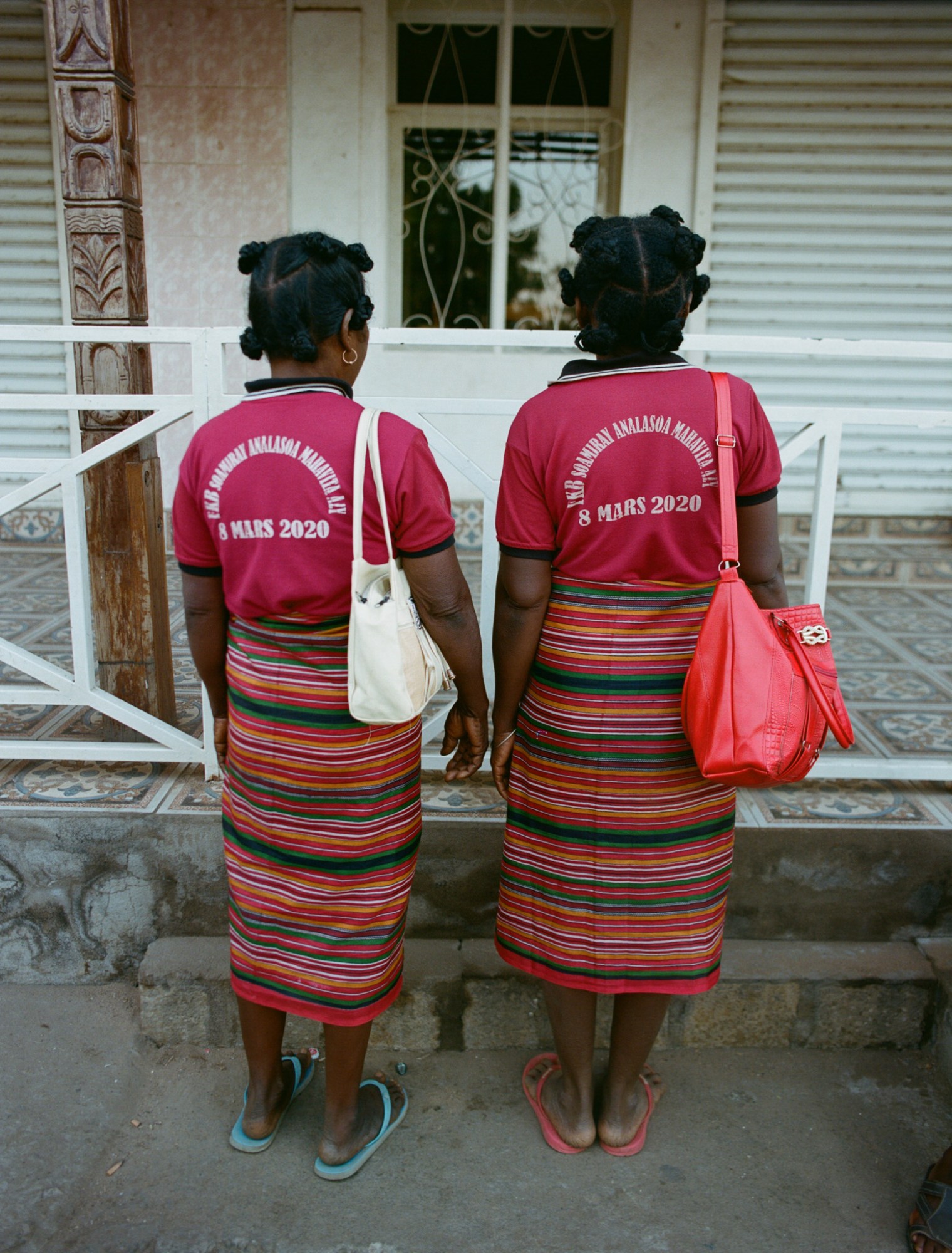
Visiting Madagascar allowed Ivory to proactively engage in activities she loved. She appreciated having the time for “exploring new places, connecting with people, taking photos and being excited about what I’m shooting,” which gave her room to approach her craft from a different perspective. According to the artist, working in the fashion and music world often means shoots are exceptionally curated.
“I just wanted to respond to what was around me and take pictures of things that caught my eye,” she says, “instead of dressing the shot and making it look a specific way.” Consequently, Ivory visited many parts of Madagascar, including the country’s capital, Antananarivo; a town on the west coast of Madagascar, Morondava; and the small fishing village, Betania. She named her photography series “The Madagascar Diaries.”
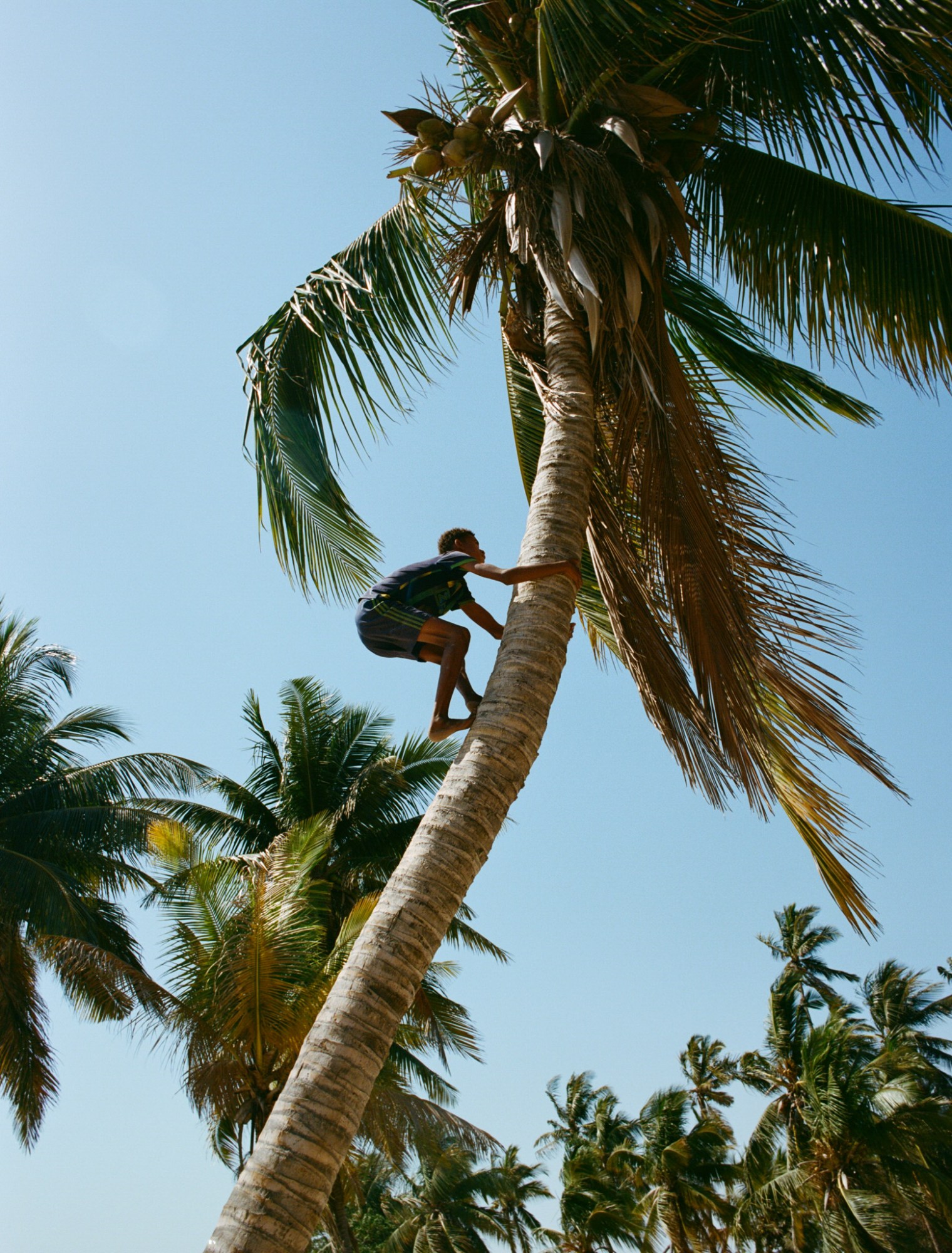
In one photograph from the trip, a young boy from Betania stands behind a white net in green shorts, smiling at the camera as flecks of light glisten on his head and shoulders. “[In Betania], we had a guide with us, a man who was from there but didn’t live there anymore,” she says. He introduced Ivory and her friend to family members still in the village, asking Ivory to take shots of his entire family. The child stood out. “The little boy was enjoying having his picture taken, and he kept hiding behind the net like some sort of safety guard,” she explains. “He could enjoy himself as long as he had the net around him.”
It was these sorts of interactions that Ivory particularly enjoyed about her trip. She observed that many parts of Madagascar, especially the villages, were slower-paced, open with strangers and readily supportive of members of their community—a different experience to the fast-moving, more isolating life found in big cities such as London. “It felt more like a community,” she says of the places she visited. “Everyone knew and looked after each other.”

Ivory points out two other photographs from her series that exemplify this friendliness. In one, a lady wears a clay mask (or Masonjoany) on her face, which women in Betania use to protect themselves from the sun. “I found it beautiful and striking,” she says. “It’s always this yellow colour and cracks a little bit.” This particular woman wearing the Masonjoany and smiling in front of her home in the image was cooking fish outside with her son when Ivory approached. She was receptive to speaking, “and then let me take that picture of her, which sums up how friendly and open she is.”
In another photograph, three sandy young boys are wrapped in a large yellow fabric. “They were just spinning around in this blanket together and looked joyful and happy,” Ivory says, noting that they are all different ages. “But they were all playing together as if age wasn’t a thing.” The way kids looked out for each other in Madagascar was something Ivory found heartwarming. “There were kids everywhere,” she says, adding that it was in a way she doesn’t see in London. “I think it was a little bit easier when I grew up. I’d go out and play with my friends, and I never see kids out on their own playing anymore.”
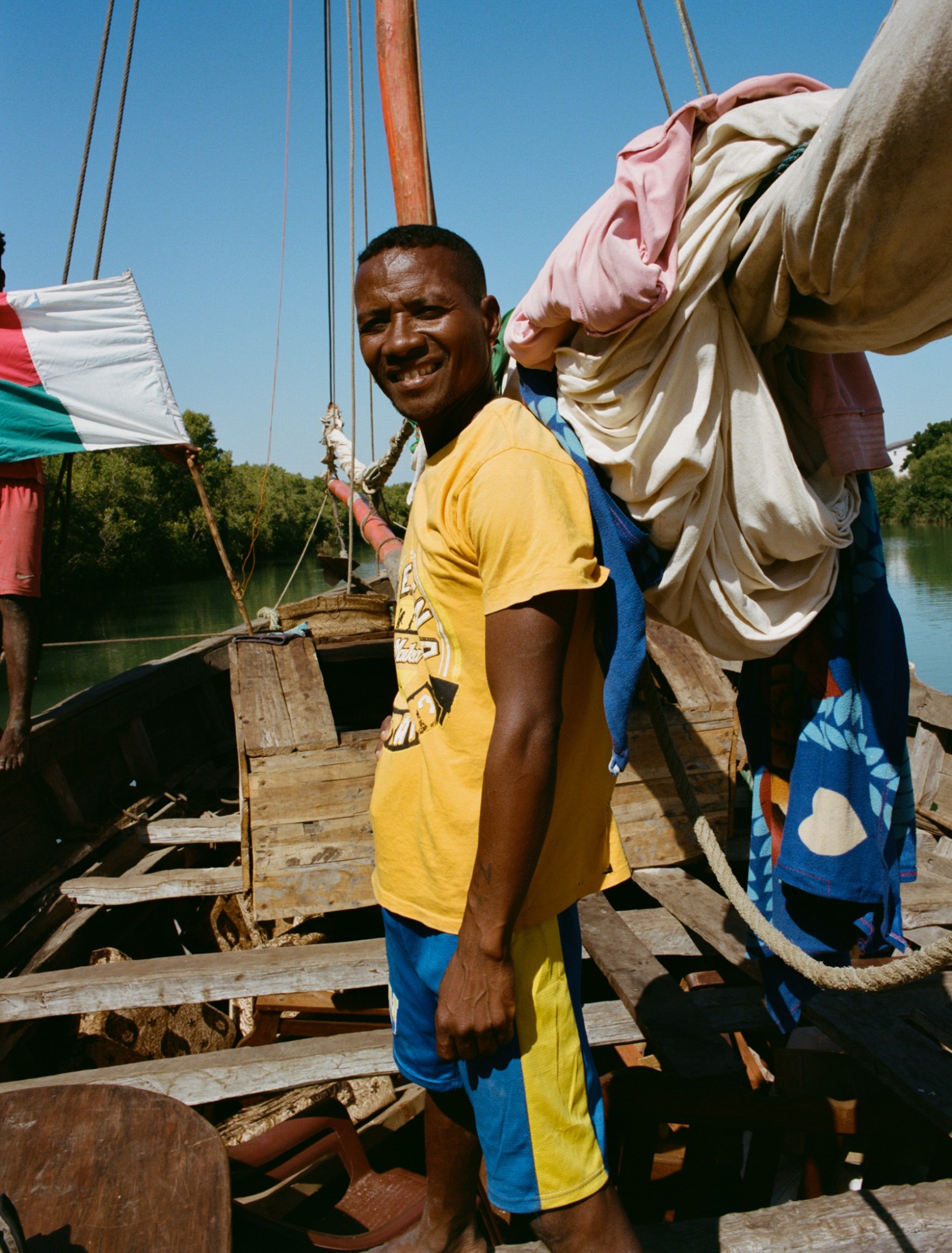
While Ivory initially went to Madagascar to rethink her photography, the break-up and the people she met created a life-changing experience. “It gave me a lot of time to think, digest, and understand all the feelings and emotions I was having,” she wrote in a diary entry she penned alongside the photographs, adding that the trip allowed her to laugh, meet new people and strengthen her “ now-sacred” friendship with Jordan.
“But, most importantly, it made me see that life really is a lot bigger than you feel it is when you long for someone,” she adds. “Madagascar opened its arms to me, shook me, then consoled me, kissed me on the forehead, and sent me on my way, a more revived and alive version of the person who arrived.”
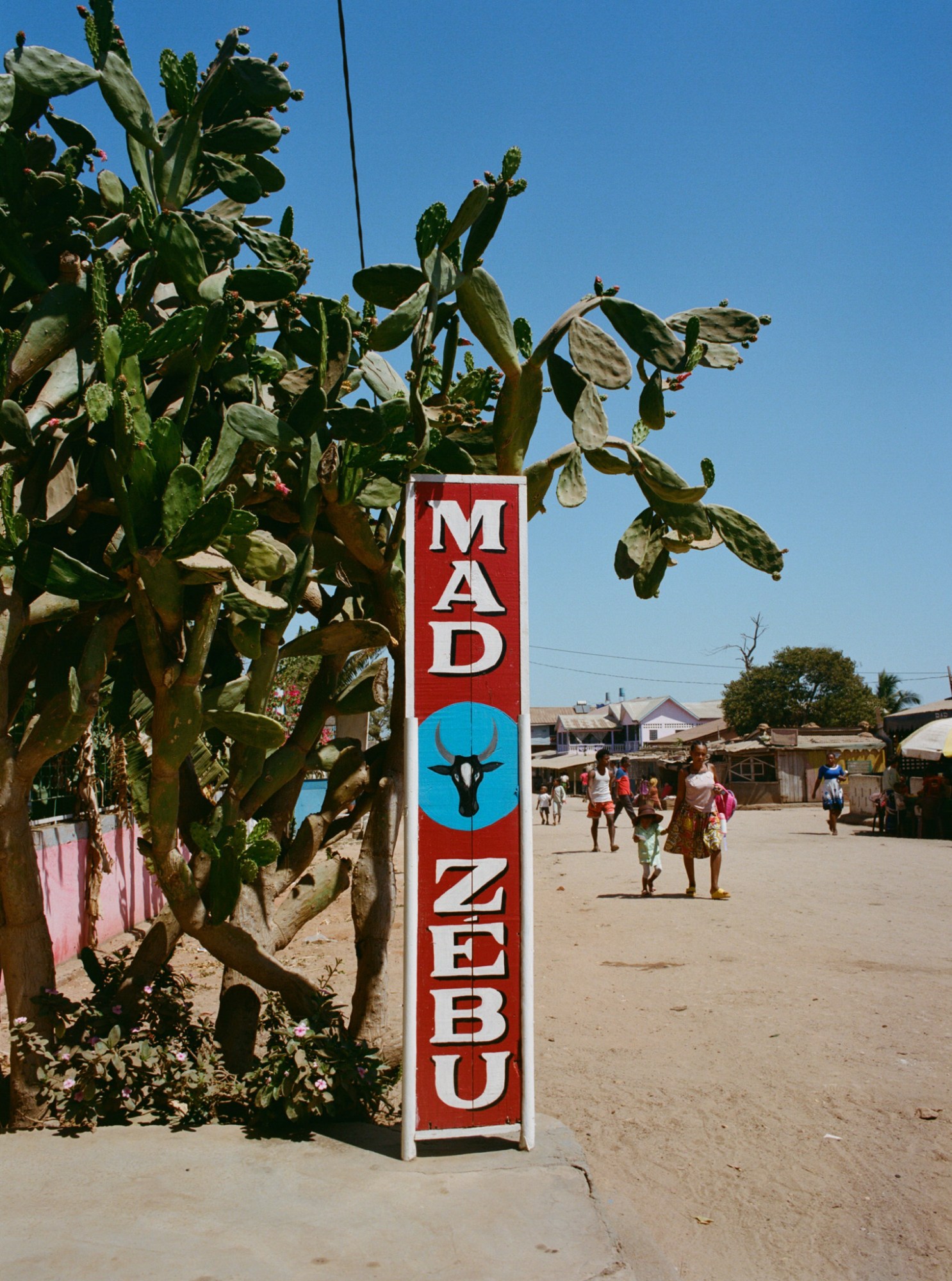
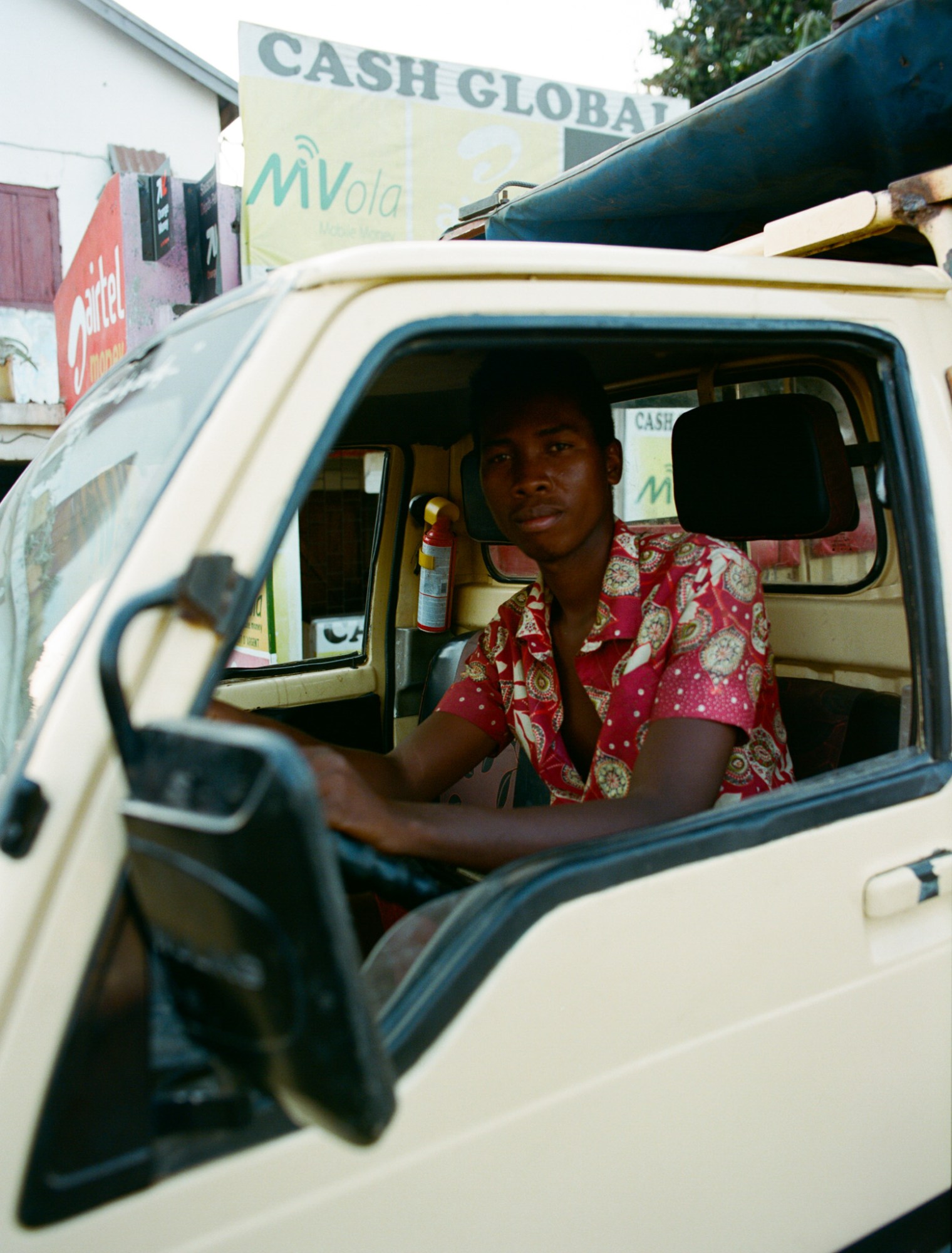

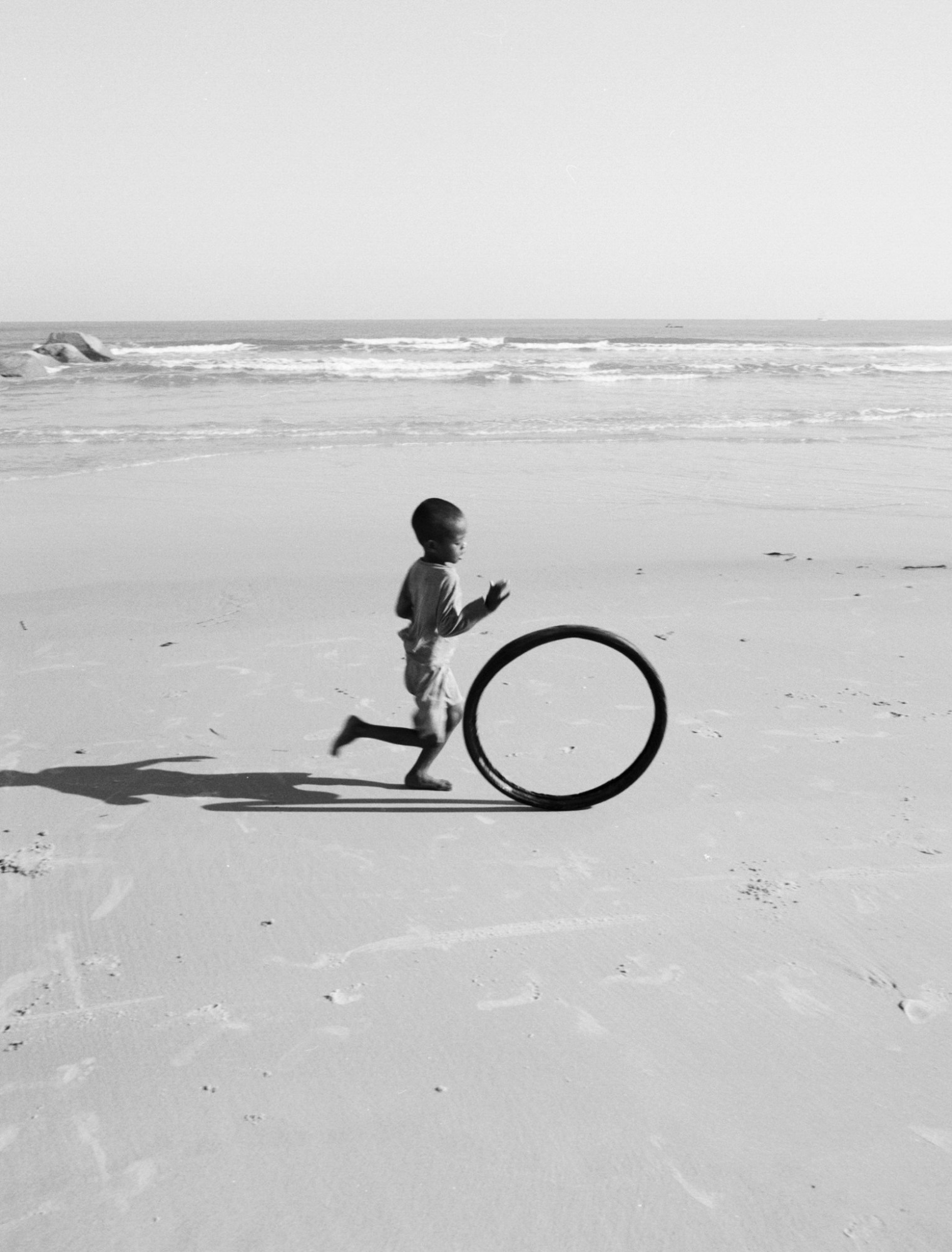

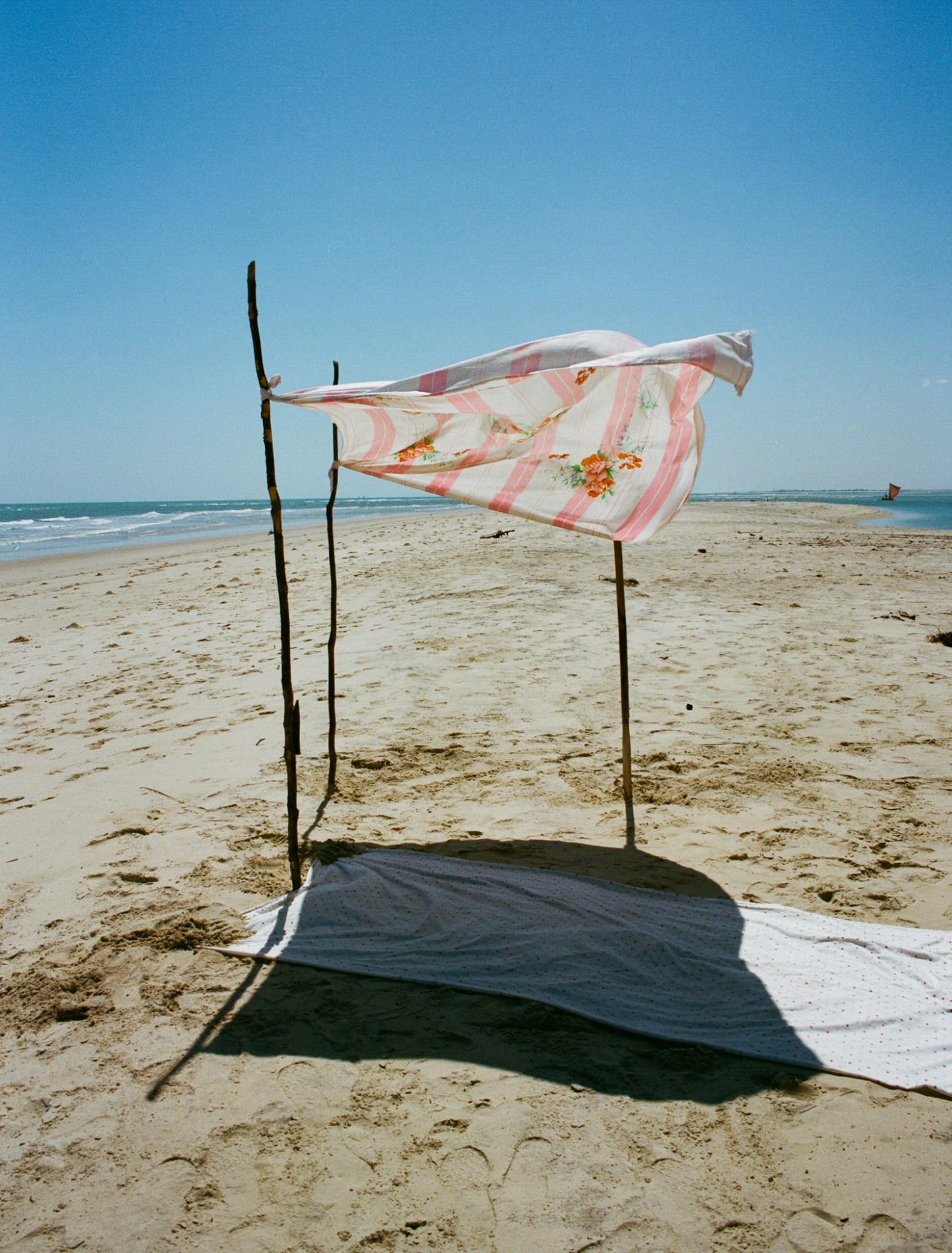
Credit
All images courtesy of the artist.
